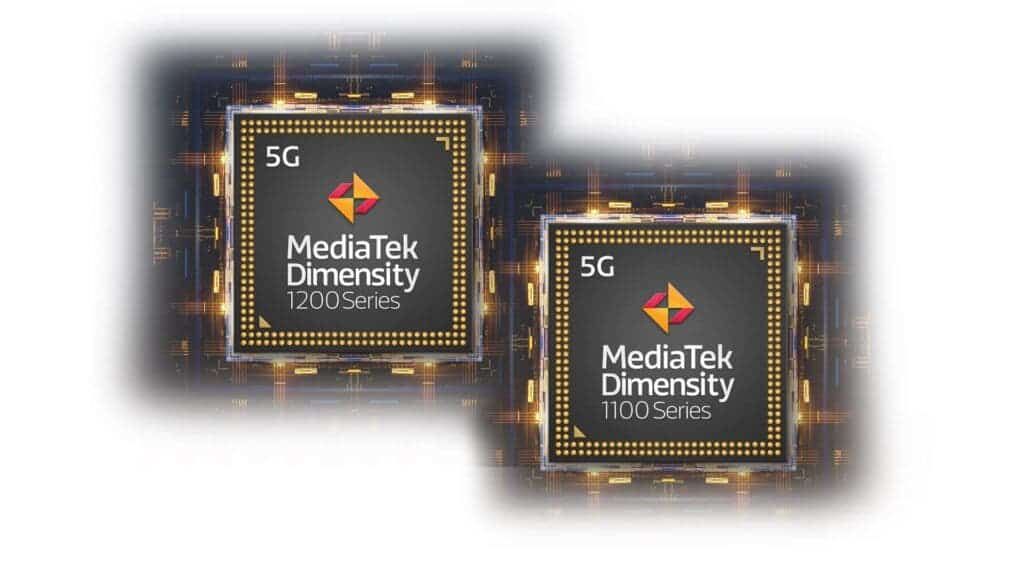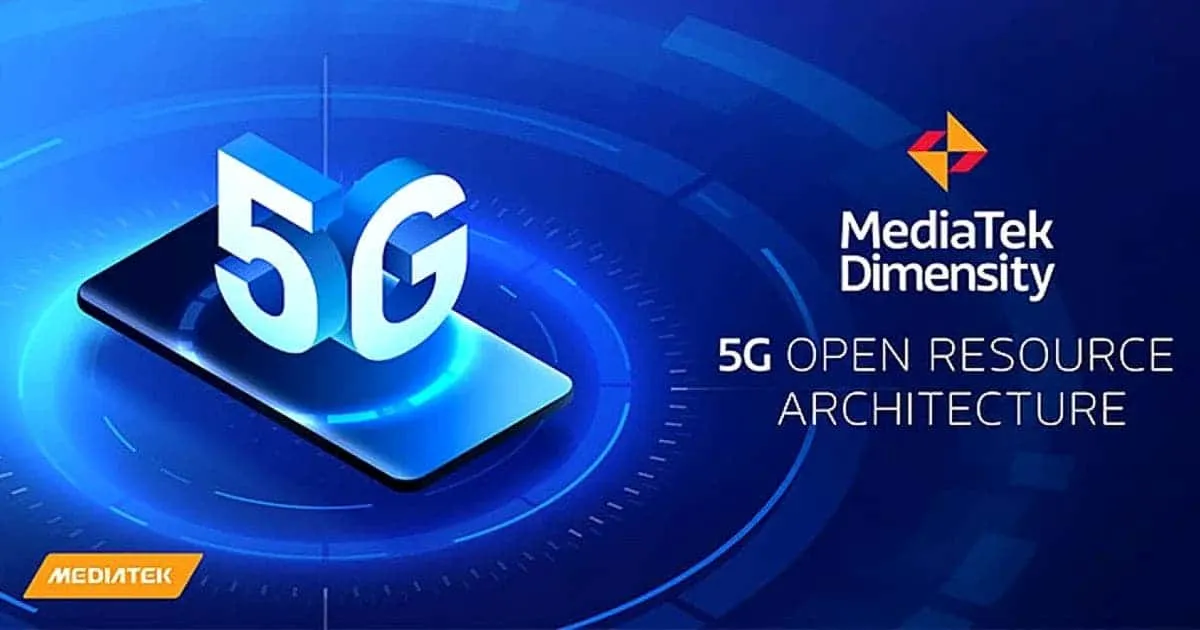MediaTek's name was associated with two things in the past - poor efficiency on chipsets and a very closed nature in regards to its source files. The company has changed the former with the release of the Helio G-series and improved it further with the Dimensity series chips. Nowadays, there are many smartphones sporting the new Dimensity chips and more will come. Some OEMs that never partnered with MediaTek like OnePlus are even going to use their chips on upcoming devices. Now, MediaTek is addressing the last part in a bid to start a new legacy on the smartphone scene.
The company has announced the Dimensity 5G Open Resource Architecture. The new initiative essentially opens up all resources of the flagship MediaTek chipset. It aims to allow OEMs to custom tweak and change certain requirements. For instance, a smartphone maker can now get low-level hardware access to the ISP inside the Dimensity 1200. They will able to tweak it with their custom algorithms and resources to get a more optimized and personalized camera performance out of their smartphones. In other words, companies will be to offer more personalized performance in the platform. Therefore the experience will matter be the same no matter if you're using a Realme GT Neo or a Redmi K40 Gaming Edition, for example.

In a press statement that aims to explain the Dimensity 5G Open Resource Architecture, Yenchi Lee, deputy GM of MediaTek Wireless Communications, states:
"MediaTek is collaborating with the world's largest smartphone brands to unlock customized customer experiences that differentiate flagship 5G smartphones. Whether it's novel multimedia features, unmatched performance, brilliant imaging, or more synergy between smartphones and services. Using our architecture device makers can tailor their devices to complement a variety of consumer lifestyles."
OEMs usually get processors supplied as-is from chipmakers and build their algorithms, optimizations, and services on top of it. With the Open Resource Architecture move, MediaTek is allowing OEMs to work on its chipsets. This can give smaller device makers the chance and resources to build their own, custom processors, and to tweak sourced chips more closely.
Furthermore, using the new initiative, OEMs can choose their own camera algorithms instead of MediaTek's optimizations. The same will apply to other resources too. That includes display calibration, background AI processing, connectivity features, and more. It certainly looks promising, but we'll have to wait and see how this will work in the real world.
The first smartphones getting benefits from the Dimensity 5G Open Source Architecture will start to appear in July 2021.






Place comments
0 Comments
You are currently seeing only the comments you are notified about, if you want to see all comments from this post, click the button below.
Show all comments